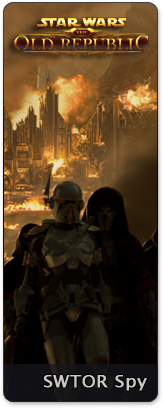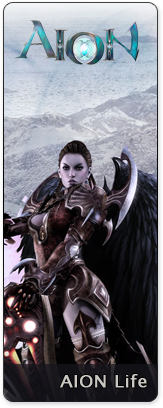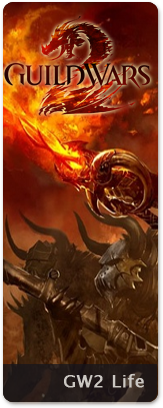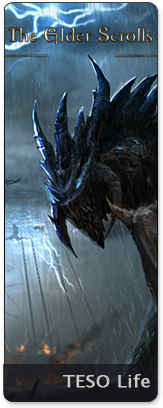While we are waiting for new The Lord of the Rings Digital Expansion: Siege of Mirkwood, we have collected all known information and made a small guide. We hope you will find it useful. If you have noticed any new info please let us know. Here is…
Monthly Archives: September 2009
New Wow Cataclysm Screenshots
The World of Warcraft: Cataclysm website has been updated with new information about the vast ocean known as the Abyssal Maw, one of the many new dungeons you will be able to explore in the upcoming expansion.
Four domains were created within this primordial realm to serve as ideal environments for each type of elemental. For ages since, the elementals of air, water, earth, and fire have engaged in endless strife with each other, waging titanic battles in the confines of their realm. One of the Elemental Plane’s domains, a vast ocean known as the Abyssal Maw, is home to the water elementals. Legend says that Neptulon the Tidehunter, the powerful being who rules over the aquatic realm, possesses a potent weapon that allows its owner to control the very seas of Azeroth. Thus far, the artifact has remained secure inside the water elementals’ domain… but that will soon change.
Check out the new Abyssal Maw page now.
How to Keep WordPress Secure
A stitch in time saves nine. I couldn’t sew my way out of a bag, but it’s true advice for bloggers as well — a little bit of work on an upgrade now saves a lot of work fixing something later.
Right now there is a worm making its way around old, unpatched versions of WordPress. This particular worm, like many before it, is clever: it registers a user, uses a security bug (fixed earlier in the year) to allow evaluated code to be executed through the permalink structure, makes itself an admin, then uses JavaScript to hide itself when you look at users page, attempts to clean up after itself, then goes quiet so you never notice while it inserts hidden spam and malware into your old posts.
The tactics are new, but the strategy is not. Where this particular worm messes up is in the “clean up” phase: it doesn’t hide itself well and the blogger notices that all his links are broken, which causes him to dig deeper and notice the extent of the damage. Where worms of old would do childish things like defacing your site, the new ones are silent and invisible, so you only notice them when they screw up (as this one did) or your site gets removed from Google for having spam and malware on it.
I’m talking about this not to scare you, but to highlight that this is something that has happened before, and that will more than likely happen again.
A stitch in time saves nine. Upgrading is a known quantity of work, and one that the WordPress community has tried its darndest to make as easy as possible with one-click upgrades. Fixing a hacked blog, on the other hand, is quite hard. Upgrading is taking your vitamins; fixing a hack is open heart surgery. (This is true of cost, as well.)
2.8.4, the current version of WordPress, is immune to this worm. (So was the release before this one.) If you’ve been thinking about upgrading but haven’t gotten around to it yet, now would be a really good time. If you’ve already upgraded your blogs, maybe check out the blogs of your friends or that you read and see if they need any help. A stitch in time saves nine.
Whenever a worm makes the rounds, everyone becomes a security expert and peddles one of three types of advice: snake oil, Club solutions, or real solutions. Snake oil you’ll be able to spot right away because it’s easy. Hide the WordPress version, they say, and you’ll be fine. Uh, duh, the worm writers thought of that. Where their 1.0 might have checked for version numbers, 2.0 just tests capabilities, version number be damned.
The second type of advice is Club solutions; to illustrate, I’ll quote from Mark Pilgrim’s excellent essay on spam 7 years ago, before WordPress even existed:
The really interesting thing about these approaches, from a game theory perspective, is that they are all Club solutions, not Lojack solutions. There are two basic approaches to protecting your car from theft: The Club (or The Shield, or a car alarm, or something similar), and Lojack. The Club isn’t much protection against a thief who is determined to steal your car (it’s easy enough to drill the lock, or just cut the steering wheel and slide The Club off). But it is effective protection against a thief who wants to steal a car (not necessarily your car), because thieves are generally in a hurry and will go for the easiest target, the low-hanging fruit. The Club works as long as not everyone has it, since if everyone had it, thieves would have an equally difficult time stealing any car, their choice will be based on other factors, and your car is back to being as vulnerable as anyone else’s. The Club doesn’t deter theft, it only deflects it.
Club blog security solutions can be simple (like an .htaccess file) or incredibly complex (like two-factor authentication), and they can work, especially for known exploits. Club solutions can be useful, like using a strong or complex password for your login — no one would recommend against that. (Another club solution is switching to less-used software on the assumption or more like the software’s claim that it’s perfect and more secure. This is why BeOS is more secure than Linux, ahem.)
In the car world, if someone figured out how to teleport entire cars to chop shops, The Club wouldn’t be so useful anymore. Luckily for manufacturers of The Club, this hasn’t happened. Online and in the software world, though, the equivalent happens almost daily. There is only one real solution. The only thing that I can promise will keep your blog secure today and in the future is upgrading.
WordPress is a community of hundreds of people that read the code every day, audit it, update it, and care enough about keeping your blog safe that we do things like release updates weeks apart from each other even though it makes us look bad, because updating is going to keep your blog safe from the bad guys. I’m not clairvoyant and I can’t predict what schemes spammers, hackers, crackers, and tricksters will come up with with in the future to harm your blog, but I do know for certain that as long as WordPress is around we’ll do everything in our power to make sure the software is safe. We’ve already made upgrading core and plugins a one-click procedure. If we find something broken, we’ll release a fix. Please upgrade, it’s the only way we can help each other.
Star Trek Online – PAX 2009
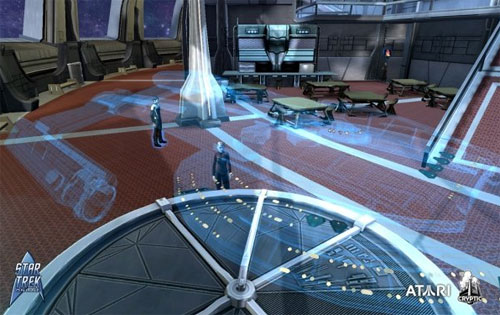
We hope you have already signed up for the Star Trek Online Closed Beta. In the meantime something interesting from the Penny Arcade Expo 2009: Star Trek Online ground combat clips.
Will you be at this year’s PAX? So will we! We’ll be showing off playable versions of both Star Trek Online and Champions Online, so stop by the Atari booth (booth No. 1122), give both games a whirl and say hi!
startrekonline.com
Star Trek Online Closed Beta Registration
Cryptic Studios announced today the closed beta test for Star Trek Online, which will occur later this year. Players can sign up for a chance to participate in the beta.
If you purchased a six-month or lifetime subscription to Champions Online, you’re already accepted to the Star Trek Online beta and won’t need to apply. We’ll have more information about how and when you can join the beta at a later date.
Closed beta registration is an important step in bringing Star Trek Online to the public, said Craig Zinkievich, Executive Producer on Star Trek Online. We are looking toward the launch of our first-of-a-kind MMORPG with anticipation and excitement and we expect Star Trek Online to explode onto the scene, giving fans and gamers a Star Trek experience like no other.
Spotted on Kotaku

